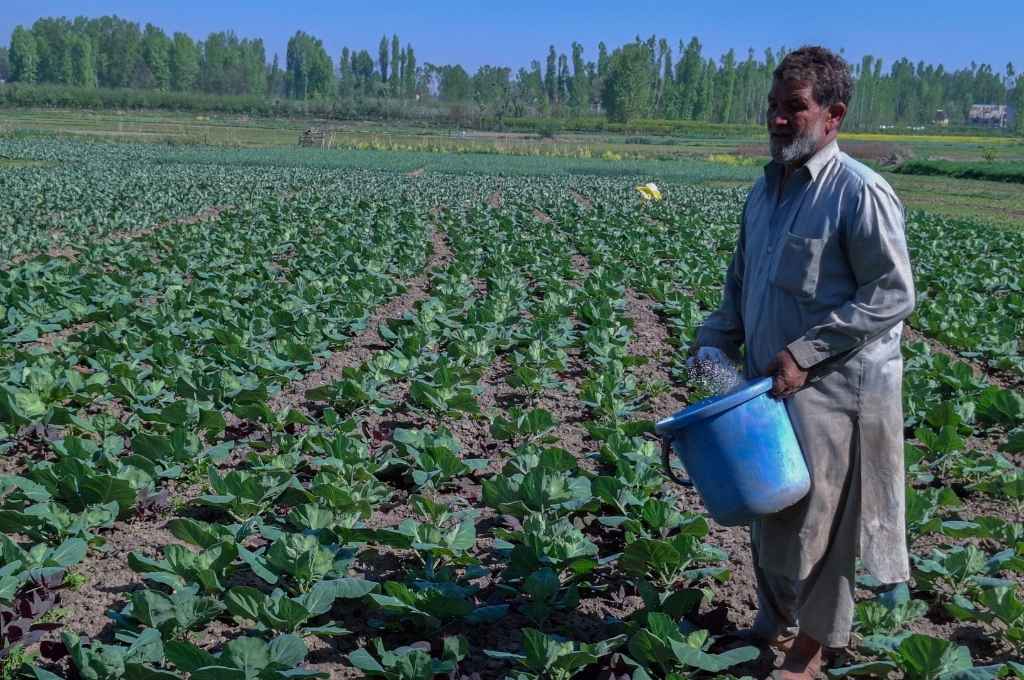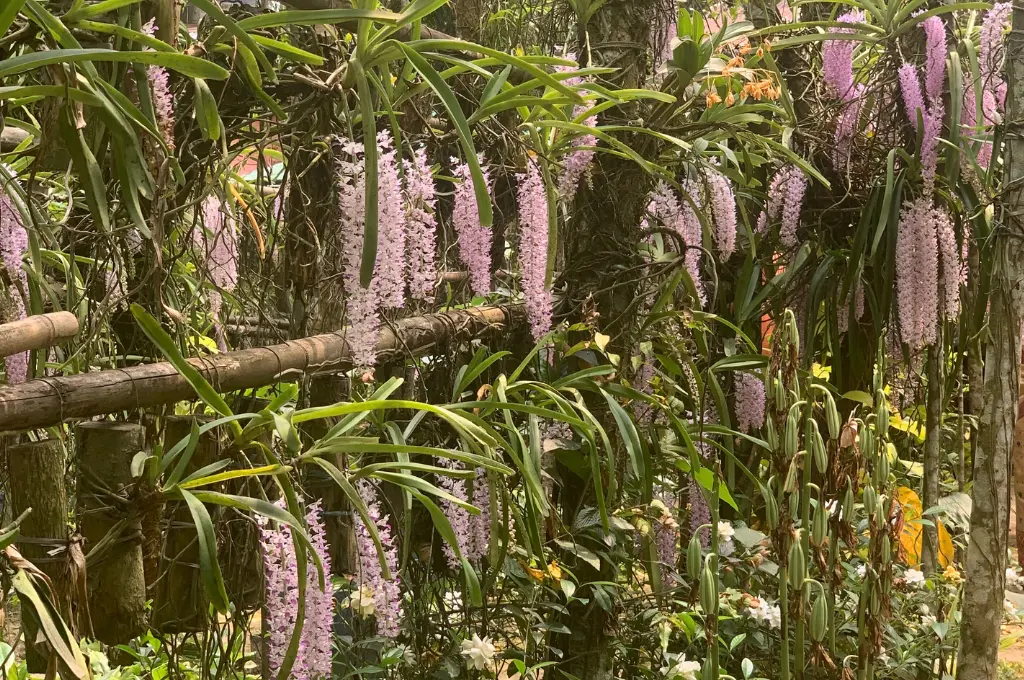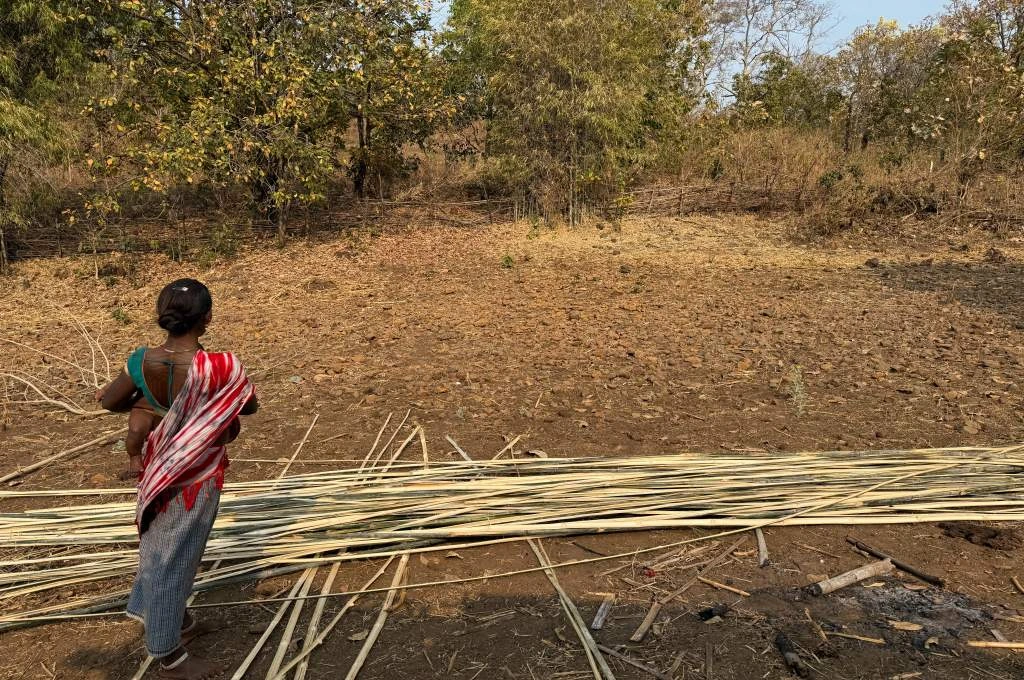The case of Corbett: Indian forests are running out of water

Corbett National Park, like many other forests across the country, is experiencing extreme water scarcity. The Bijrani, Jhirna, and Dhela regions of the park—where the perennial Ramganga river does not flow—have started to run out of water during hot summer months. This not only restricts the animals’ access to drinking water but also compromises their access to food. When there’s no water, grasslands dry up, and when herbivores cannot sustain themselves inside the forest, they venture into human habitation and raid crops. On their heels come the predators, the tigers and leopards. And when the prey base shifts, human–wildlife conflict erupts. Earlier, animals could travel to adjoining forests, but with migratory corridors being cut off due to infrastructure projects and human settlements, they are now hemmed in.
Creating artificial water bodies and waterholes is one solution to this crisis. The forest department has long been relying on diesel tankers to sustain these waterholes. These tankers extract water from nearby rivers or wells with the help of diesel pumps and supply it to different water bodies. But tankers can only fill small waterholes. Moreover, this is a polluting and expensive fossil-fuel-based solution, costing forest departments INR 1,000–1,500 per tanker load of 10,000 litres.
Solar pumps, in contrast, are a clean alternative. We set up Project Aquarius to install solar-powered pumps that direct water from wells or rivers into artificially created waterholes scattered throughout the forest, particularly in patches that are more prone to drought.
But the pumps are not without their challenges.
Both solar panels and underground pipelines are at constant risk of damage from wildlife. In Corbett, for example, elephants yanked out the exposed section of a pipe that led to a waterhole. Sometimes, locals also vandalise solar installations when they are unhappy with the forest officials in their area.
In addition, these structures require regular maintenance, which the forest department is often unable to extend since it can be a resource-intensive exercise. And because Corbett is in the foothills of the Himalayas, the terrain is rocky. So the entire length of the borewell would need to be encased within iron pipes, as opposed to the short lengths of polyvinyl chloride (PVC) casing used in other regions. When the encasing is not done properly, the borewell collapses. This has happened in Jhirna. The installed solar pumps are also destroyed as a consequence.
Despite the presence of Ramganga river, aquifers across Corbett are drying up. The situation is more dire in smaller reserves and less popular forests that may lack the funds and resources that Corbett has. Borewells and solar pumps are not a long-term guarantee of water, for when the water tables dip further, these could become redundant. But they are an optimal solution for now. And if the forest department is more vocal about the problem of water scarcity, it may just be able to draw the attention, funds, and resources needed to scale this solution.
Dr Sarita Subramaniam is a dental surgeon and wildlife enthusiast. She co-founded Earth Brigade Foundation, a nonprofit whose primary focus is wildlife conservation.
—
Know more: Read this article to learn about the last camel herder of Rajasthan.




